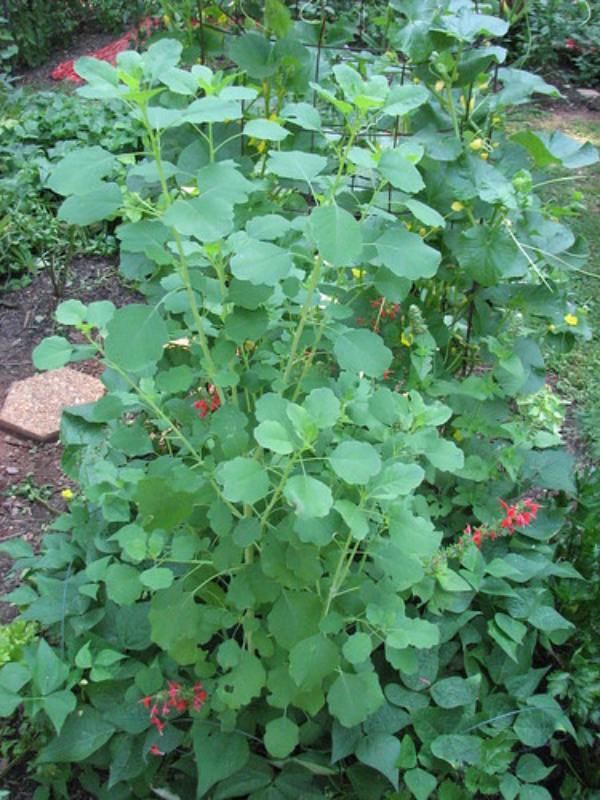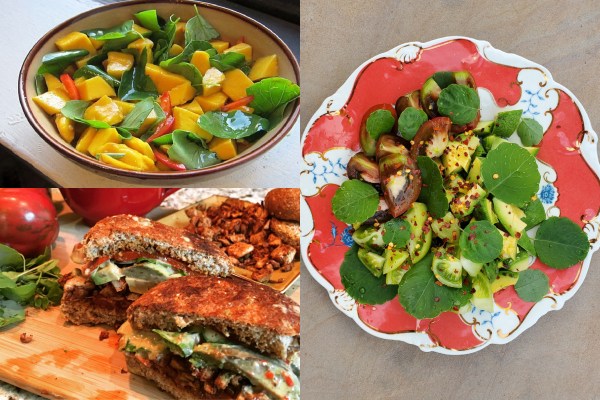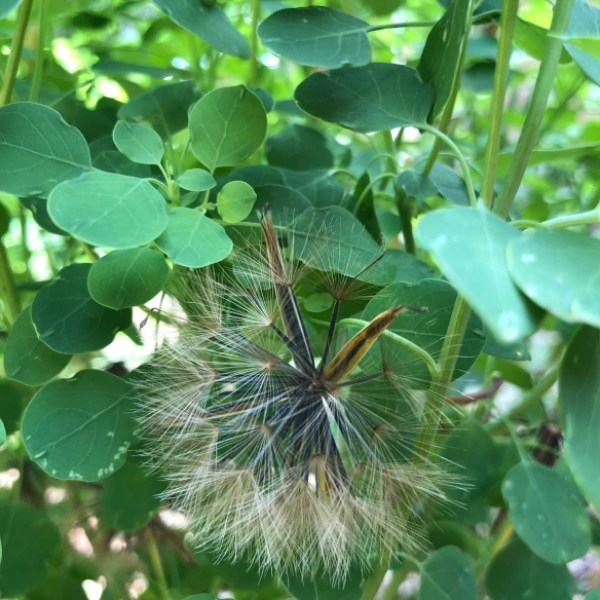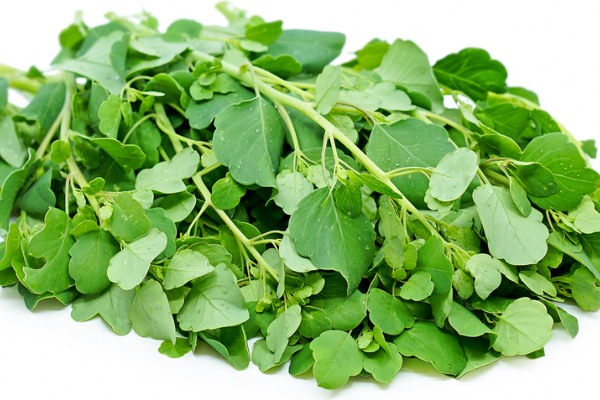Papalo, or Porophyllum ruderale is a seasonal leafy green herb that grows in the late spring through fall. It is characterized by its bright green, paddle-shaped leaves with a very strong, pungent aroma. This herb is popular in Mexican dishes from salsas to tacos, and many other cuisines. Similarly, it is perfectly paired with lime juice. Papalo can grow at a height of about 150 cm and is easy to grow from seed. This plant thrives on well-drained soil and would be an ideal addition to your summer garden.
Here, we will talk more about Papalo, its health benefits, recipes, and how to care for it in growing.
Plant Description
Plant Type: Herbaceous
Scientific Name: Porophyllum ruderale
Common Name: Papalo, Papaloquelite, Bolivian Coriander, Yerba Porosa
Family: Asteraceae (aster)
Genus: Porophyllum
Species: P. ruderale
Season: Late Spring through Fall
Native Area: Mexico, Central America, and South America
Health benefits of the Papalo plant
The leaves of Papalo are used for medicinal purposes and have been a part of folk remedies for thousands of years. In Bolivia, it is believed that it lowers blood pressure, while indigenous groups use it to reduce inflammation. In Mexico, herbal healers called curanderos suggest eating Papalo to improve digestion and help with stomach problems. Moreover, it has anti-inflammatory efficiency which serves as a general remedy against liver disorders. Hence, consumption of Papalo is good for overall health benefits.

Culinary uses of Papalo
What are the best growth and care tips for Papalo?
Select Right Location
Soil Preparation
Choose well-draining soil that doesn’t retain too much water. However, this herb can thrive in poor soil, but it goes best in soil that drains effectively.

Watering
Papalo can handle dry conditions, but don’t let the soil stay too wet. Wait until the soil is dry before watering deeply and less often for the best results.
Temperature and Humidity
Papalo is an annual plant that thrives in warm, subtropical climates. If you are living in hot regions, you can grow it all year round. But in colder climates, additional care is needed. Its growth will be slow in temperatures below 48-50°F or 8-10°C.
Fertilizer
This plant does not need fertilizer, as it can grow in poor soil. However, make sure to get warmth, full sun, and planted in well-draining soil. You can apply manure or compost occasionally if you notice a lack of growth.
Pruning
Papalo needs pruning to keep it from becoming floppy. Pinch off the top growth and use those trimmings in your cooking. This will make the plant bushier and help it keep growing.
Pests and Diseases
You don’t have to worry about pests or diseases when you grow this herb. It is a natural pest repellent so it is safe from diseases too.
How to propagate Papalo?
The best and easiest way to grow Papalo is from seeds. Keep the seeds intact for good germination. Plant the seeds directly into the soil when the soil is consistently warm, around 75°F or slightly higher.

If you prefer to start the plants indoors, use a small, clear container with a lid and a heating device to help the seeds grow. Ensure the seed’s outer covering remains intact to help it sprout well.
Also, read A Complete Guide to Grow and Care for Hens and Chicks Plants
Frequently Asked Questions
1. What does Papalo taste like?
Papalo tastes very similar to cilantro, making it a good substitute. It has a stronger flavor and a slightly bitter aftertaste.
2. How to plant Papalo seeds?
The best and easiest way to grow Papalo is from seeds. Keep the seeds intact for good germination. Plant the seeds directly into the soil when the soil is consistently warm, around 75°F or slightly higher.
3. Can I grow Papalo indoors?
Yes, If you prefer to start the plants indoors, use a small, clear container with a lid and a heating device to help the seeds grow.
4. Where can I use Papalo in cooking?
Its leaves are used in garnishes and salsas. They are frequently used in traditional Mexican street food such as sandwiches and tacos. Similarly, this herb can added to grilled meats, stews, soups, and salads, which it enhances with a very distinct taste and flavor.
5. What are the benefits of Papalo?
People use its leaves for medicinal purposes, believing they lower blood pressure, reduce inflammation, improve digestion, and help with stomach problems.
